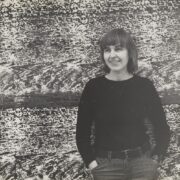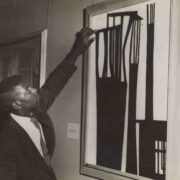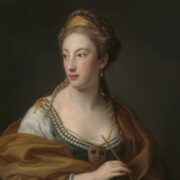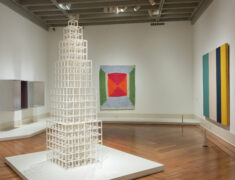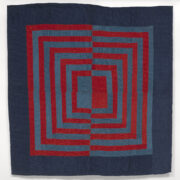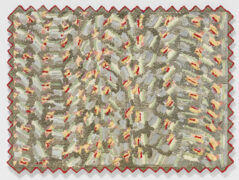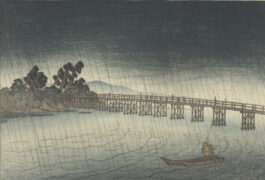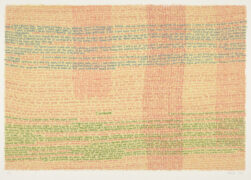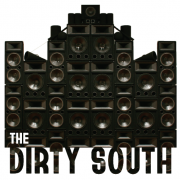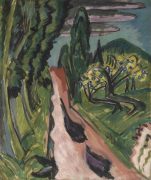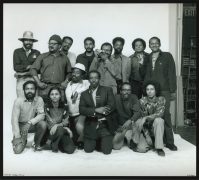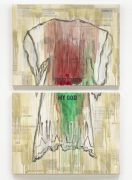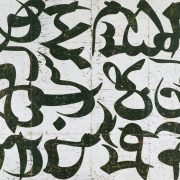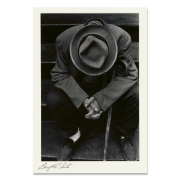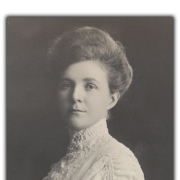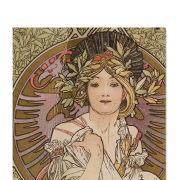Staging Art Nouveau: Women Performing at the Turn of the 19th Century
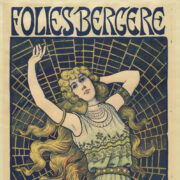

Search for art, find what you are looking for in the museum and much more.
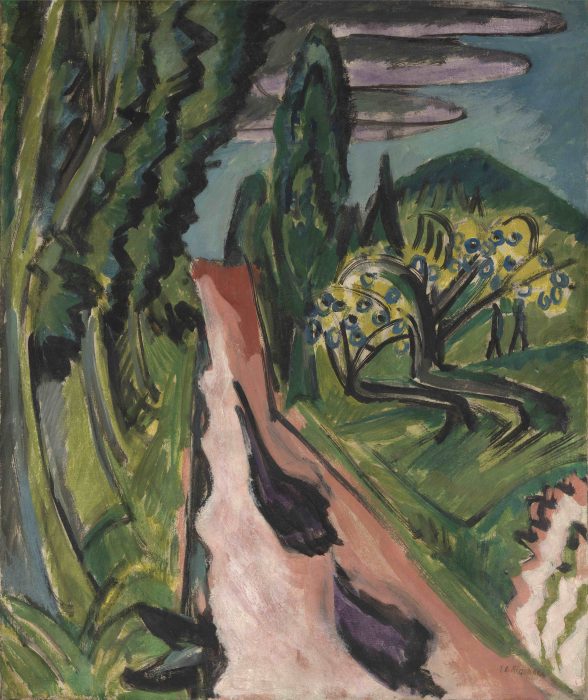
Expressionism is our understanding; it’s central concept is not a style, it is a Weltanschauung, a philosophy of life. . . . But it looked like something I had never seen before. People whom I tell about this usually ask me, “Did you like it?” But I cannot answer that! It was beyond “liking.” It was beyond anything I had seen before. It was like entering a new world.—Anne Fischer, 1994
Ludwig and Rosy Fischer were forward-thinking collectors from Frankfurt, Germany, who embraced the challenging art of their time. Between 1905 and 1925, they built one of the most important collections of German Expressionist art in Germany, with a strong emphasis on Die Brücke—“the Bridge”—a pivotal group within the movement.
Upon their deaths, the collection passed to their sons, Max and Ernst. After the Nazis took power in 1933, Hitler passed the Law for the Restoration of the Civil Service, which prohibited “non-Aryans” from holding civil servant positions. Ernst (1896–1981) lost his job as a professor of medicine at the University of Frankfurt because he was Jewish. In 1934, as the Nazi laws against Jews continued to increase, he and his wife, Anne (1902–2008), fled Germany for the United States with their two children, George and Eva. They packed their half of the family art collection among their household goods. When Ernst accepted a position at the Medical College of Virginia, the couple settled in Richmond.
In 2009, after Anne’s death, the museum acquired Ernst’s half of his parents’ collection through a gift-purchase agreement. These 207 works from one of the 20th century’s most significant movements comprise VMFA’s Ludwig and Rosy Fischer Collection of German Expressionist Art.
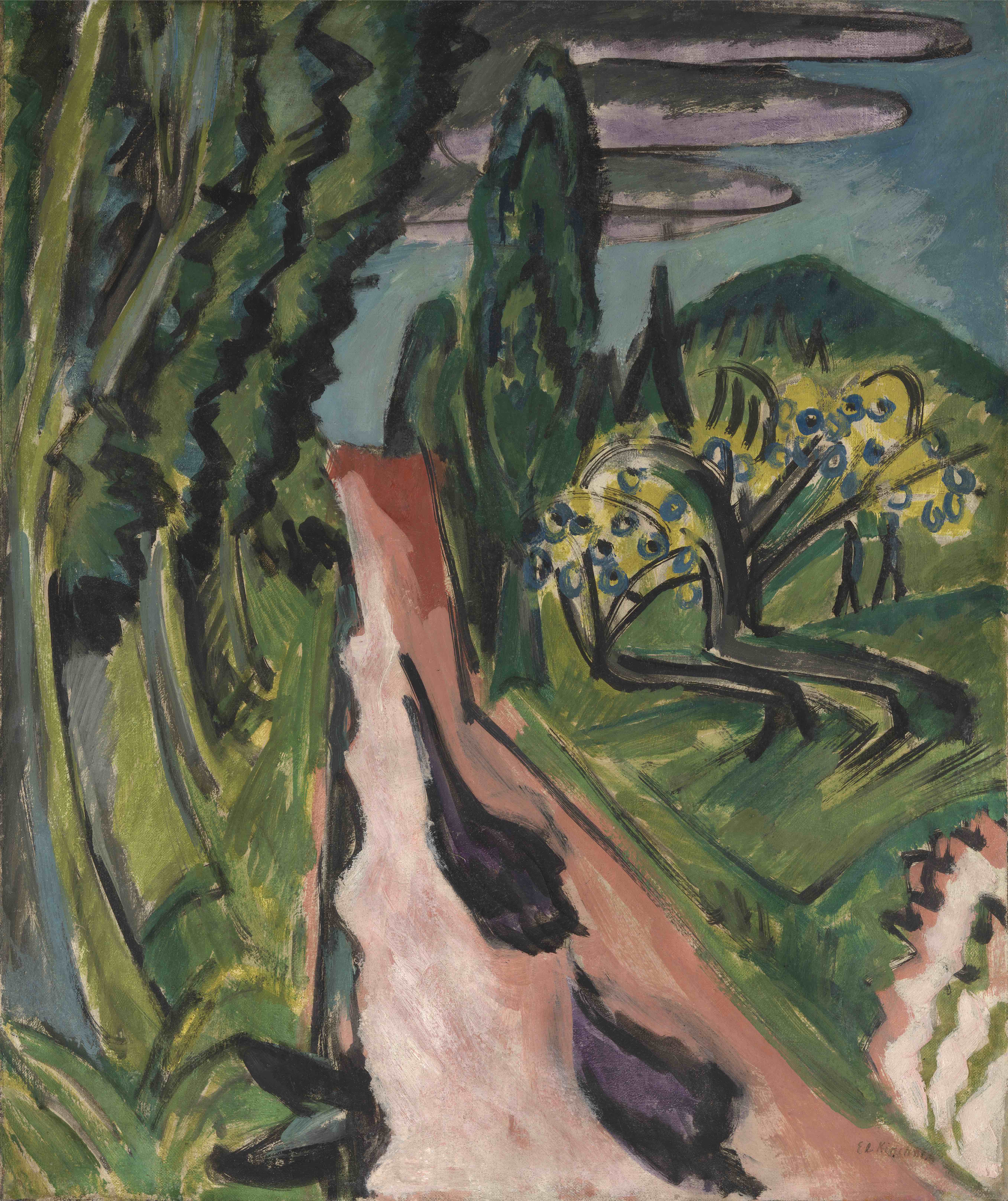 Ernst Ludwig Kirchner (German, 1880 - 1938) Taunus Road, (Autostrasse im Taunus) 1916, oil on canvas. Arthur and Margaret Glasgow Endowment, by exchange, and Gift of Eva Fischer Marx, Thomas Marx, and Dr. George and Mrs. Marylou Fischer
Ernst Ludwig Kirchner (German, 1880 - 1938) Taunus Road, (Autostrasse im Taunus) 1916, oil on canvas. Arthur and Margaret Glasgow Endowment, by exchange, and Gift of Eva Fischer Marx, Thomas Marx, and Dr. George and Mrs. Marylou Fischer The Fischers’ eldest son, Max (1893–1954) was a writer, journalist, and historian. He left Germany in October 1935, a month after the passage of the National Socialist’s Nuremberg Race Laws, which stripped Jews of their basic rights as citizens. Having traveled to America, he was unable to return to Germany given the increasingly dangerous climate. Most of his possessions, including all but a few of the works from his half of the art collection, were left behind and presumed lost or stolen.
Emil Nolde’s South Seas Landscape is one of the few paintings that Max Fischer was able to bring to the United States. George Fischer, Ernst’s son and Max’s nephew, inherited South Seas from his uncle and donated it to VMFA in 2014 so that it could rejoin the Ludwig and Rosy Fischer Collection. In 2015, the Museum of Modern Art in New York restituted Ernst Ludwig Kirchner’s Sand Hills near Grünau to the Fischer family, making it the first of Max’s lost works to be recovered. In September 2020, a private collector in Germany returned Kirchner’s painting Taunus Road to the Fischer descendants. Subsequently, in December 2020, the German Advisory Commission on the Return of Cultural Goods Seized as a Result of Nazi Persecution decided unanimously to recommend that the Staatliche Kunsthalle Karlsruhe restitute Erich Heckel’s painting Siblings to the descendants of Max Fischer. With the return of each of these works, the Fischer family has demonstrated a remarkable commitment to seeing Max’s portion of the collection reunited with the rest of the Ludwig and Rosy Fischer collection at VMFA.
This collection features German Expressionist art from just before World War I through the 1920s, with a particular focus on Die Brücke—“the Bridge”—a pivotal group of artists that formed in Dresden, Germany, in 1905. These artists looked at the rampant industrialization of the early 20th century with a mixture of fascination and despair, responding to the changing world around them with loose, gestural brushstrokes and a vivid palette of bold colors. While many of the artists depicted urban scenes, they also fled their studios in the city to paint rural landscapes as antidotes to the pressures and anxieties of modern life.
Printmaking was a central practice for the German Expressionists; woodcuts, etchings, and lithographs allowed for wider distribution and accessibility of their work. Prints both referenced Germany’s rich cultural heritage, including the work of the 16th-century artist Albrecht Dürer, and signaled a break with tradition through the roughness and immediacy of the artists’ printmaking techniques.
Woodcut is one of the earliest printing techniques and the one most often associated with German Expressionism. Here the positive image is created by cutting into a wood panel around lines that will then be inked with a brayer and printed.
Etching is highly valued by artists for the freedom with which it can be handled. The artist uses a metal plate coated with a layer of wax. This wax base is then drawn into with a sharp instrument, and the resulting lines are bitten away in an acid bath. Drypoint is a variant of engraving where the artist uses a steel- or gem-tipped tool to draw directly into the metal plate. Dry point is often used in conjunction with etching to add richness and depth.
Lithography is a process of drawing directly on stone with a grease crayon. Invented in the early 19th century, lithography soon supplanted etchings and engravings as an expressive method to reproduce drawings and paintings.
